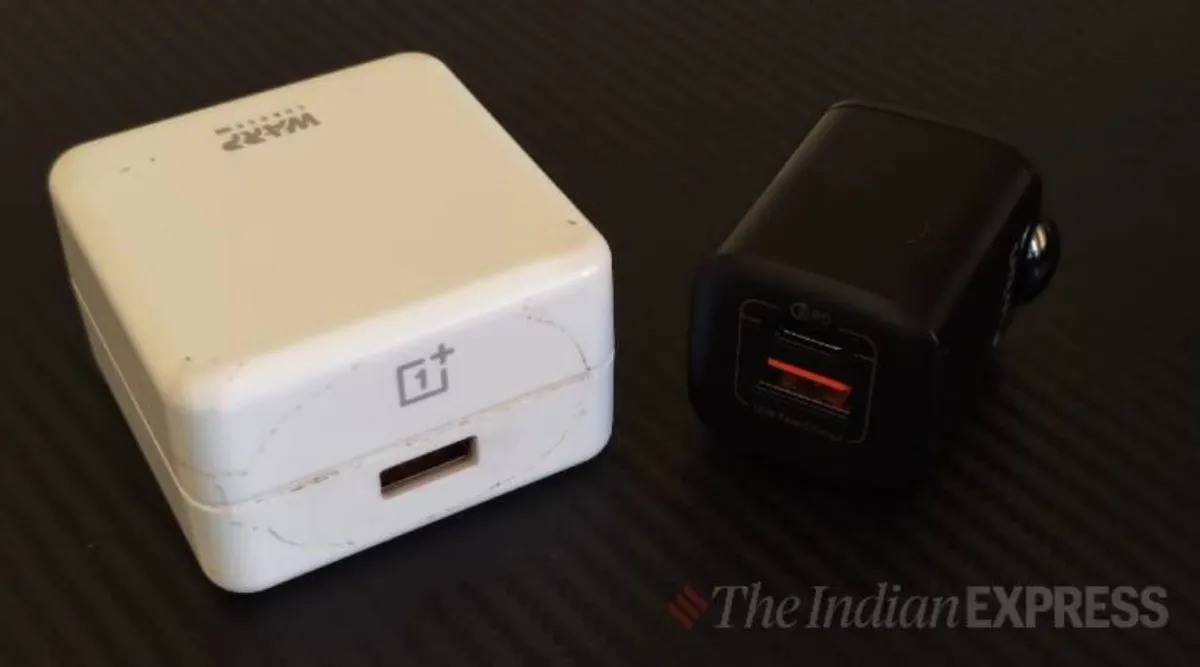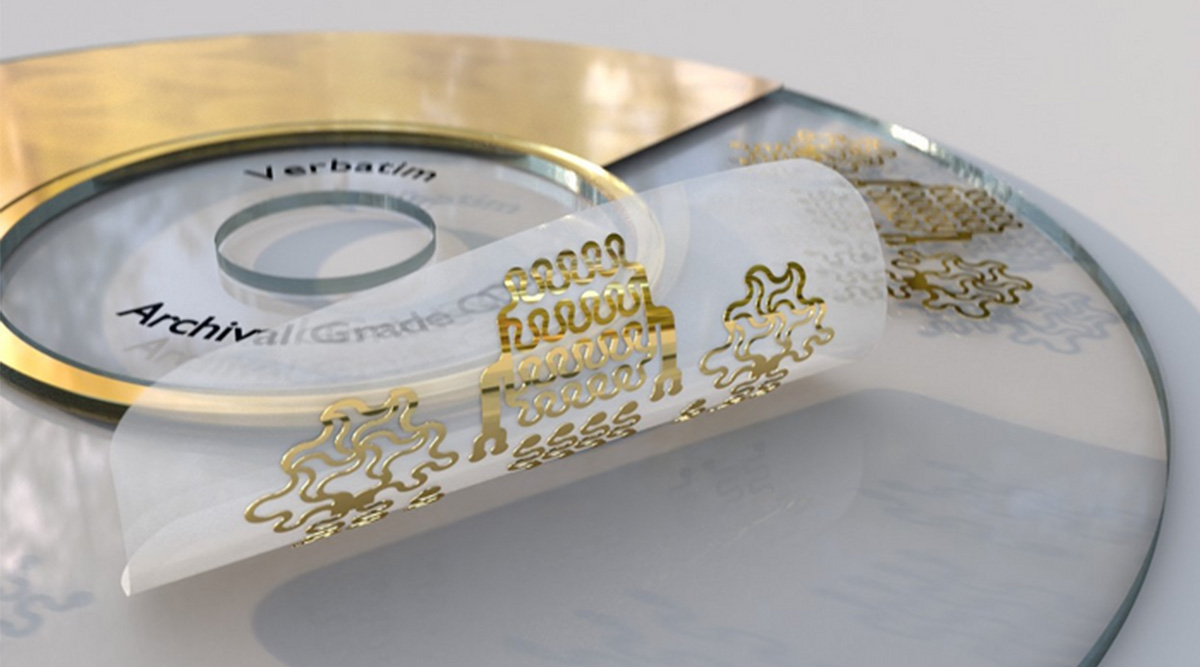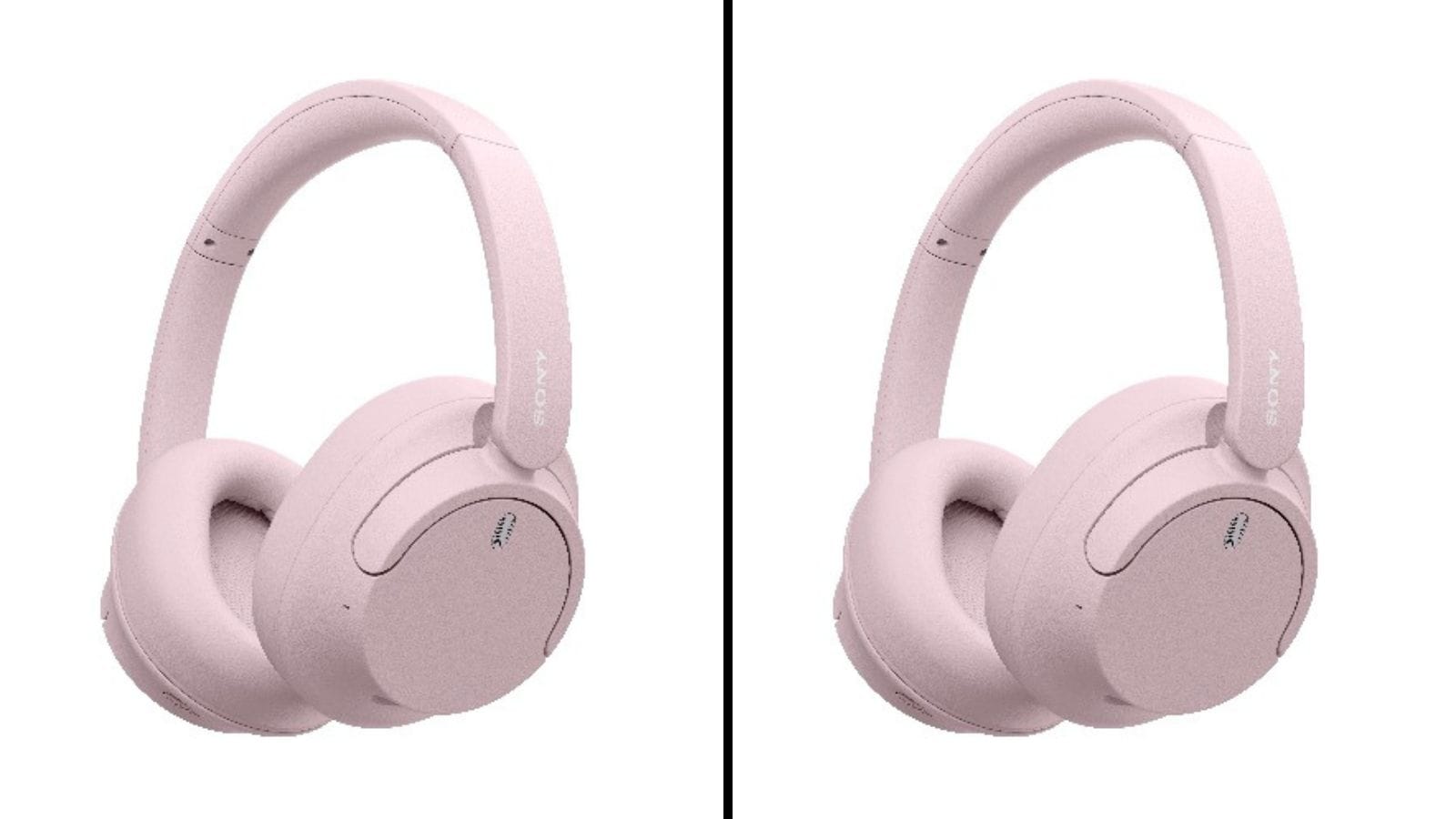In 2020, Apple started one of the controversial trends when it decided to ship iPhones without the in-box charger. This applied not just for new iPhone 12 models, but for all iPhones. Two years later, the trend has rubbed off on a number of other brands, including Samsung, Google and Nothing. Now, it seems another brand is on its way from dropping the in-box proprietary charger – Oppo.
A new report by Android Police suggests that Oppo Vice President Billy Zhang revealed at the European launch of the Oppo Reno 8 series that the company has plans to drop in-box chargers by next year. “We will take the charger out of the box in the next year for several products. We have a plan,” Zhang said as per the report.
“It’s not that easy for consumers to get access to [SuperVOOC chargers], so we have to keep it in the box. However, as we are expanding our business operations, we are looking to take chargers out of the box and put them in the store so that our users are able to buy the chargers and continue using them even when they upgrade their devices,” Zhang later added.
The move could reportedly be market-specific, and we still don’t know what regions it could hit first. More details on whether the charger will be removed from the box of all Oppo phones or only select devices remains unclear for now.
Why Oppo’s decision to drop chargers in the box is bigger than you think
The decision of the BBK-owned brand to drop its in-box charger may have ripples that extend to other BBK-owned companies, particularly OnePlus. OnePlus phones have a lot in common with Oppo, including in many cases, the same manufacturing plants. Devices between the two companies also use the same code-base for their Android skin, making newer Oxygen OS builds look more like Color OS.
Both companies also use the same SuperVOOC proprietary charging tech for its phones, so a decision to remove the chargers is very likely to extend to both brands. But that’s just OnePlus. It’s just a hunch, but the in-box charger could then be dropped from other BBK-owned brands as well – Realme, Vivo and iQOO.
Last month, Xiaomi sub-brand Redmi also quietly launched its first smartphone in India without an in-box charger, the Redmi Note 11 SE. The brand hasn’t confirmed if this is a decision that will affect all Redmi phones moving forward.
A month before that, Carl Pei’s Nothing launched its first-ever smartphone, the Phone (1) with just a USB Type-C to Type-C cable and some paperwork in the box, suggesting we may never see in-box chargers with Nothing phones in the future.
Other brands like Samsung and Google have implemented the same for a while now, and while Google only has the Pixel series on shelves with no charger, Samsung has been selling mid-range devices in India too (in addition to its S-series) without any in-box charger.
Why are brands dropping chargers from the packaging?
Every brand to pick up the trend has listed e-waste generation as a reason to not include in-box chargers. Brands have been telling us that not giving a charger in the box promotes the reuse of old chargers, leading to lesser e-waste. However, the decision also helps these companies save (and make) extra money.
Removing chargers makes the box packaging for most devices slimmer, allowing brands to ship nearly twice as many phones in shipment containers. Reports have claimed that Apple, for instance, saw a significant reduction in shipping costs once the charger and earpods were removed from the box.
It also means brands like Apple, Samsung and Google get to sell their chargers separately. This works better for brands like Xiaomi or Oppo which have fast charging proprietary chargers that users are more inclined to buy separately instead of using their slower, older chargers.
A video by YouTube tech creator Mrwhosetheboss also questioned other aspects of the decision, including how many people will actually have old charging adapters left, given that most phones sold in second-hand markets are sold with their chargers and cables (especially in markets like India). There’s also the question of packaging – chargers sold separately end up using more packaging, so environmental friendliness is up for debate.
The trend, however, has had some benefits. With multiple products not shipping with chargers, users have started looking at tech like GaN (Gallium Nitride chargers) which are more compact and allow you to charge multiple devices with one adapter, often at the same time.
!function(f,b,e,v,n,t,s)
{if(f.fbq)return;n=f.fbq=function(){n.callMethod?
n.callMethod.apply(n,arguments):n.queue.push(arguments)};
if(!f._fbq)f._fbq=n;n.push=n;n.loaded=!0;n.version=’2.0′;
n.queue=[];t=b.createElement(e);t.async=!0;
t.src=v;s=b.getElementsByTagName(e)[0];
s.parentNode.insertBefore(t,s)}(window, document,’script’,
‘https://connect.facebook.net/en_US/fbevents.js’);
fbq(‘init’, ‘444470064056909’);
fbq(‘track’, ‘PageView’);








